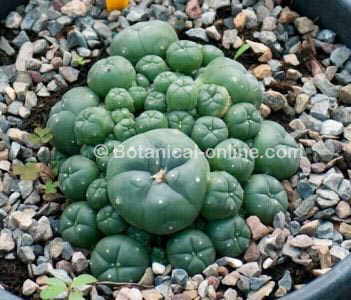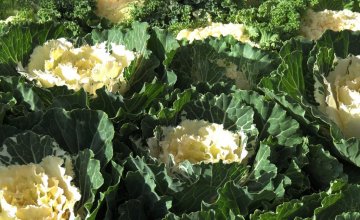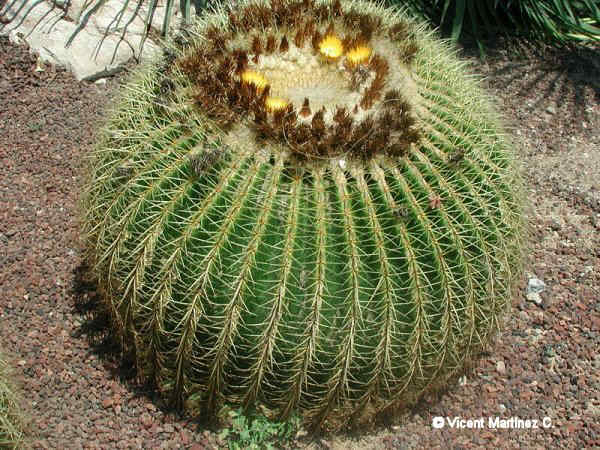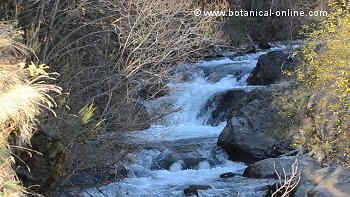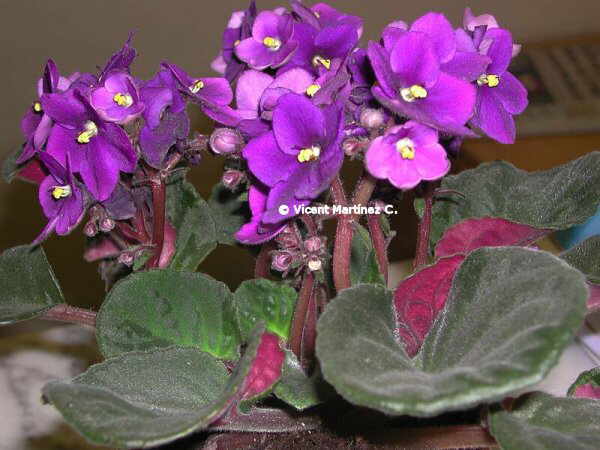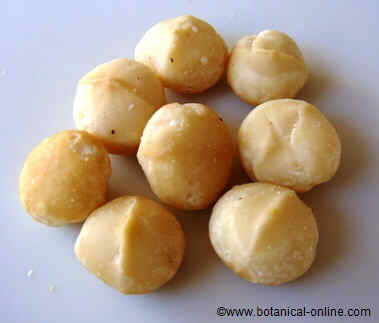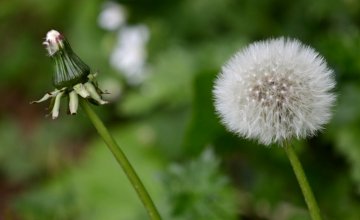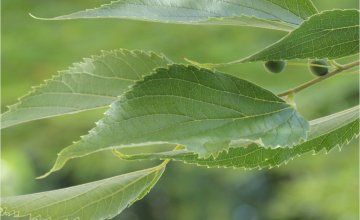Contents
(Solanum tuberosum)
POTATO PLANT CHARACTERISTICS

A detail of the plant with the leaves and the tubers.
Scientific noun:Solanum tuberosum L.
Family: Potato family – Solanaceae.
Habitat: Native from South America, it was introduced in Europe in the XVI century.
Active principles: The alkaloid solanine (C45H73NO15)
Active parts: Potatoes contain this alkaloid in all the plant, including in the tender buds, if we leave them to germinate.
In smaller quantity it appears in the green layer of under the skin, so it is necessary to peel them well and not to eat them raw. Examples of people intoxicated after having eaten raw potatoes exist.
Equally, the tubers – the potatoes – present in their composition the same alkaloid although in much smaller quantities. This alkaloid is eliminated when potatoes are cooked.
Uses of potatoes
Medicinal uses: Medicinally, the juice of the potato has been internally used to combat the stomach problems and, externally, as emollient, anti-inflammatory and anti rheumatic, to treat external problems of the skin or to combat pain.
Given its toxicity the homemade elaboration of medicinal products with potato plant is dissuaded, especially those of internal use.
Industrial uses: For the elaboration of starch that the alimentary industry will fundamentally use as a thickener or the textile industry to give consistency to the clothes.
Potato is, together with rice or wheat are the foods that presents bigger quantity of this component.
Edible uses: As food, the tuber constitutes a source of universal feeding, appearing in multitude of recipes (More information in the listing below)
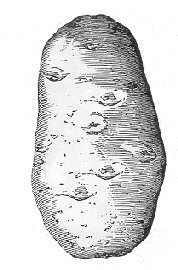
Detail of a tuber – a potato-
Toxicity of potatoes
The toxicity of potatoes is extreme. The ingestion of the plant produces gastrointestinal, hepatic and heart damages that can lead to death, in case of ingesting big quantities.
When applied externally, potato juice or even the contact with the plant, when cultivating it, can produce irritations in the skin, even with the appearance of blisters.
Also, it can produce amyl alcohol, as a result of a distillation process, which is very toxic.
Similar symptoms appear in animals that ingest green or germinated potatoes or that eat their tender buds.
Symptoms of eating potato plants
The intoxication symptoms can sometimes be mistaken with those that produce a bacterial gastroenteritis. The most common symptoms are vomiting, even with blood, diarrhea, acceleration of the heart rate leading to lowering of the pulse., breathing problems, heart arrhythmias, cardiorespiratory breakdown and death.
![]() More information about potatoes.
More information about potatoes.

